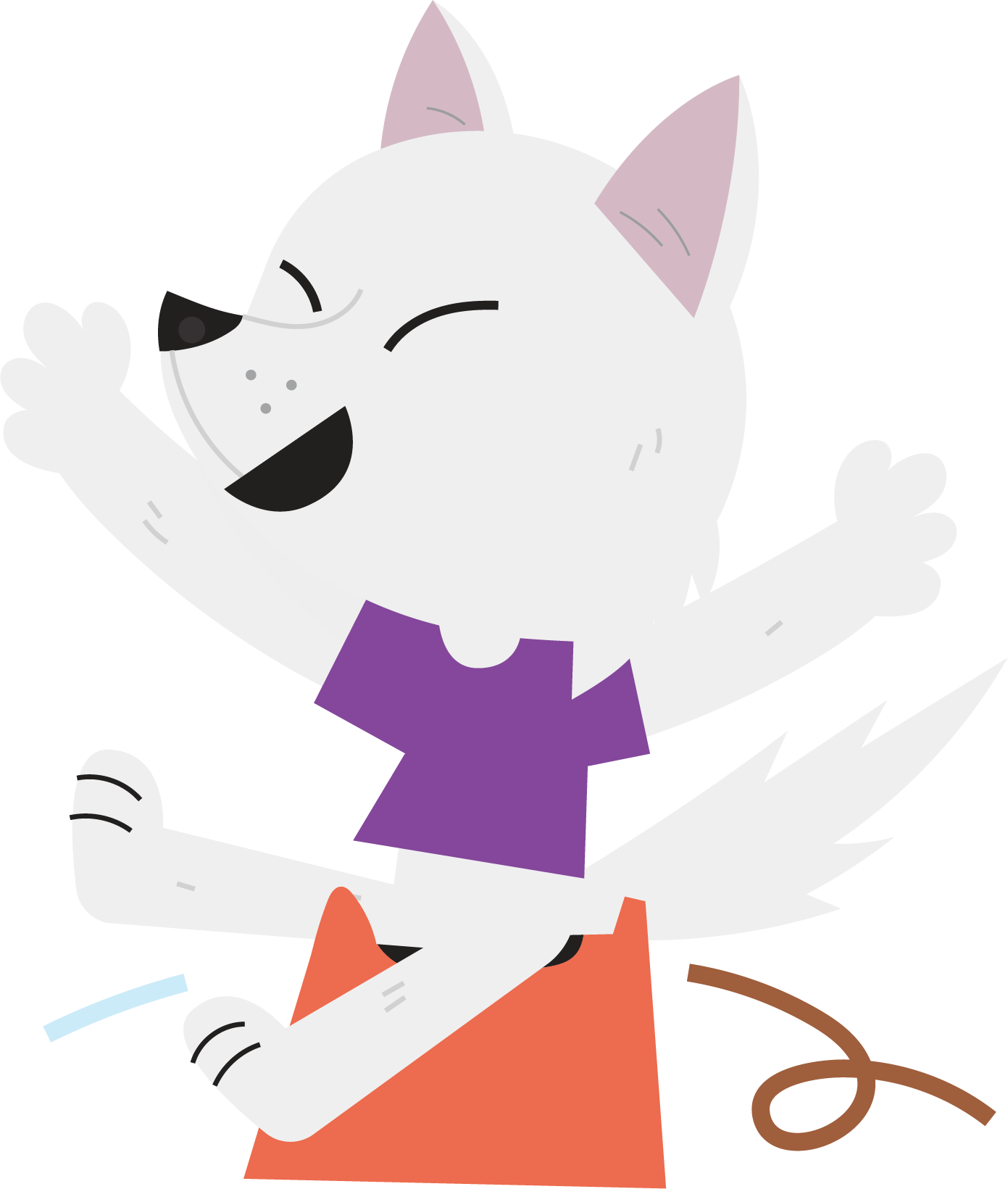Are you unsure if you can "start" before 2? You certainly can, as long as it is playful and without pressure. You then lay a gentle foundation for later, without expecting your child to be potty-trained right away.
A helpful way is to introduce your child to the potty in a low-key way and name body signals. This is similar to elimination communication (aka baby potty communication): offer the potty occasionally when you see signals or around set times, using the diaper as a backup. Connects to the 4-step method: arouse interest → first success → practice regularly → diaper off.
Make the jar visible and ordinary
Put a simple jar in a fixed place (bathroom or bedroom) and point to it daily: "This is your potty."That way it becomes part of the routine.
Why this works: repetition and predictability lower barriers.
Use mini-moments (30-60 seconds)
Offer 1-2 times a day briefly, such as after waking up or after eating. Gently lift your child up/down and ready.
Why this works: short, positive experiences build confidence without struggle.
Name body signals
Say what you see: "I see you pressing, that's poop." or "Do you feel pee in your belly?"Link it to the potty: "If you feel that, you can sit here."
Why this works: language helps your child recognize feelings and link them to behavior.
Use soft example sentences
Say, "Would you like to try?" / "Good try, next time again."/ "Pee and poop go in your potty."
Why this works: neutral, repeatable language makes it clear what the intention is and keeps the atmosphere calm.
Diaper as a backup: and as an intermediate step
For poop-anxiety: let your child sit on the potty with the diaper on, and later cut a peephole.
Why this works: familiar feeling remains as you move step by step toward the potty.
Stop at resistance, celebrate small successes
Does your child get angry or step away? Stop and try again briefly later. Give compliments for trying, not just for results.
Why this works: positive associations make your child want to keep participating.
Link your offer to fixed routine moments (after bedtime/dinner) and keep it light. That way it stays fun and you build on step 1 and 2 for a smooth transition after 2 years.

.svg)





